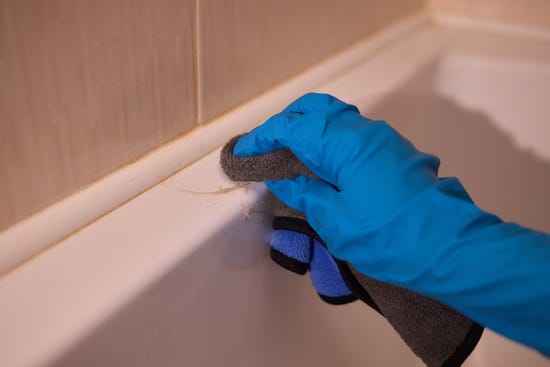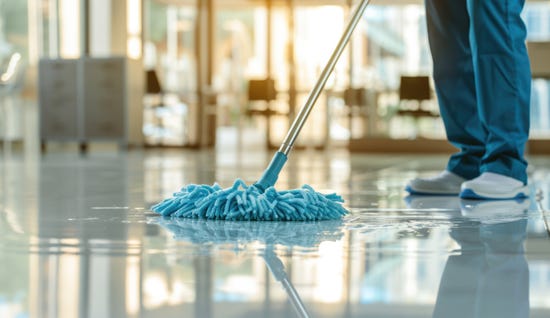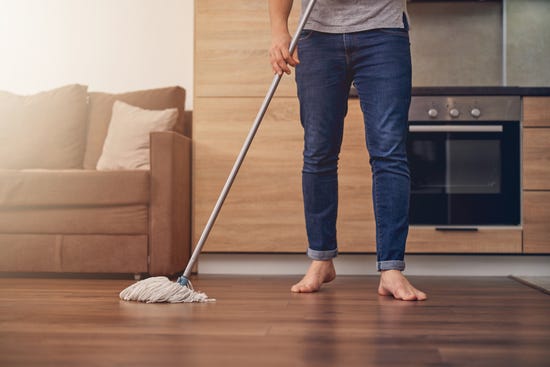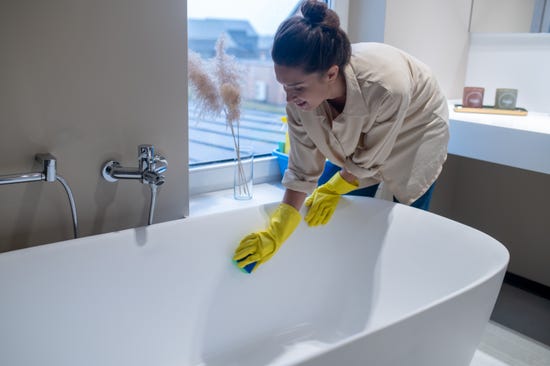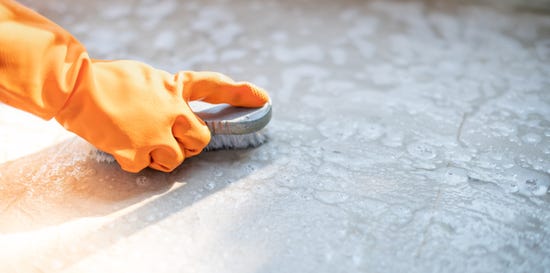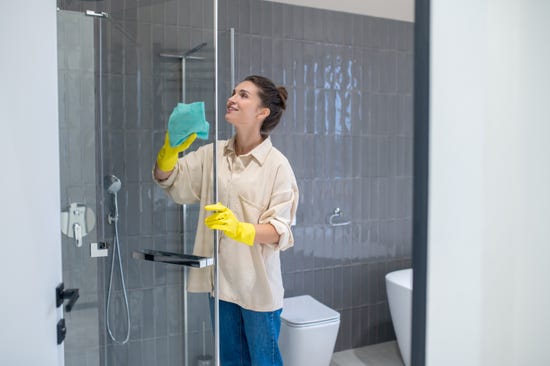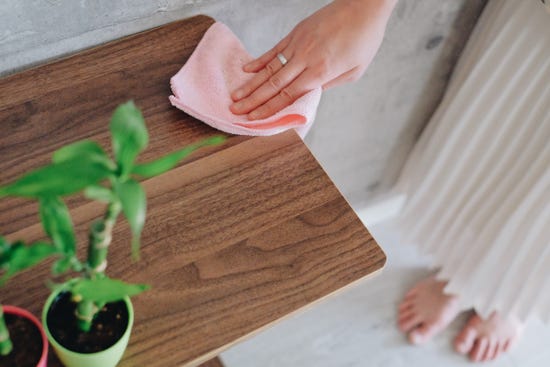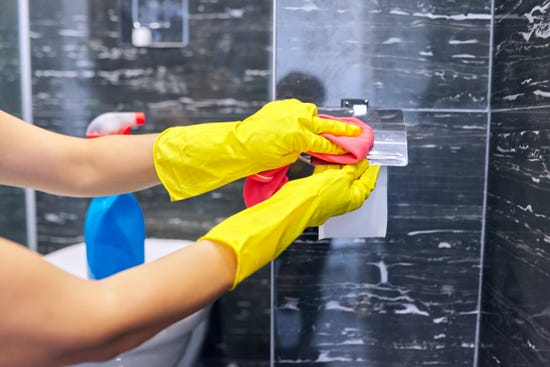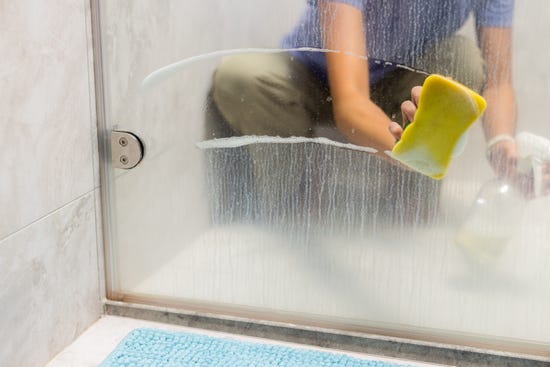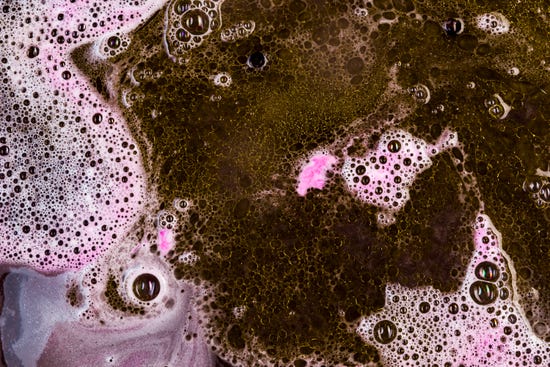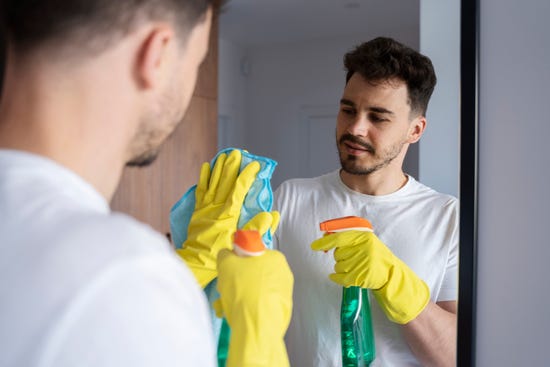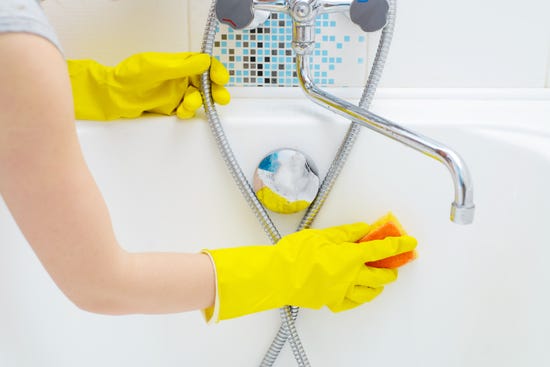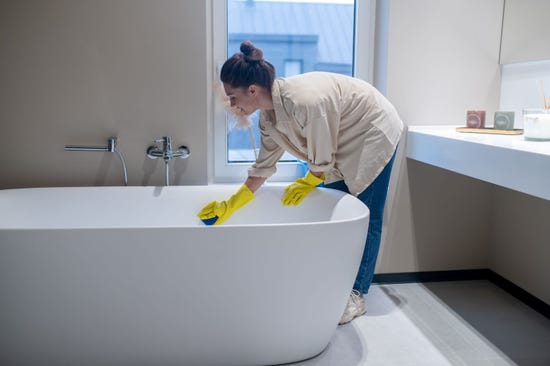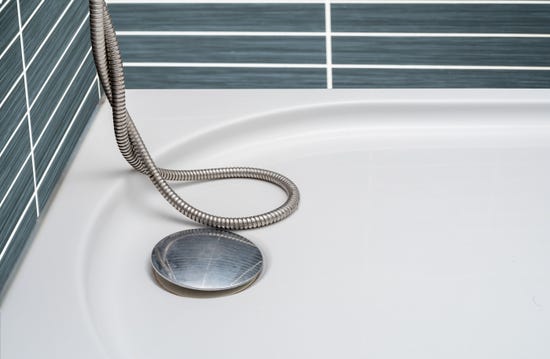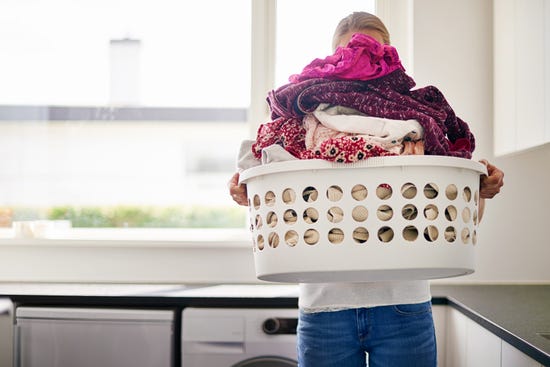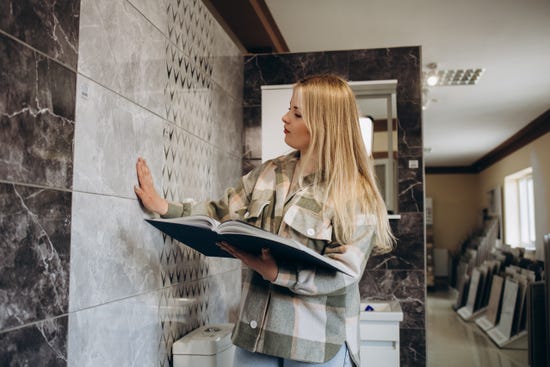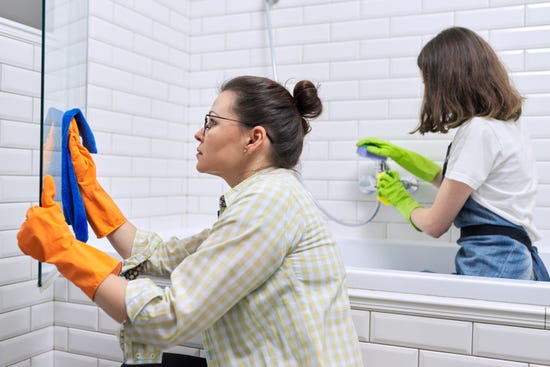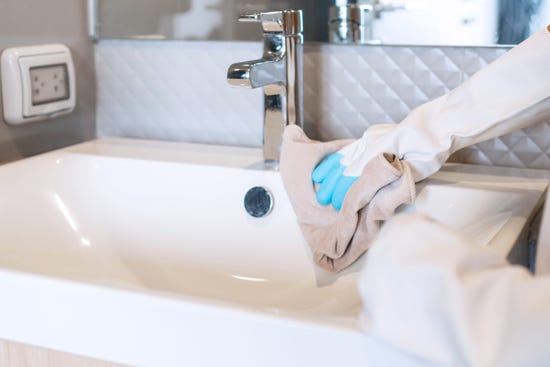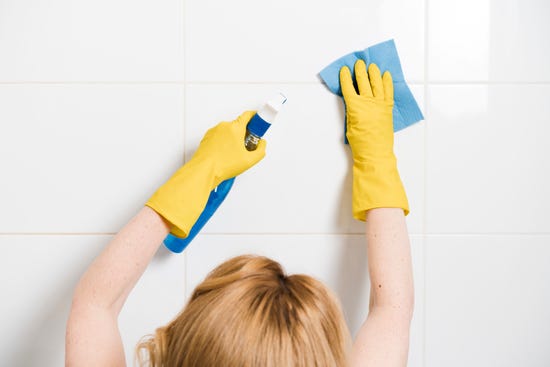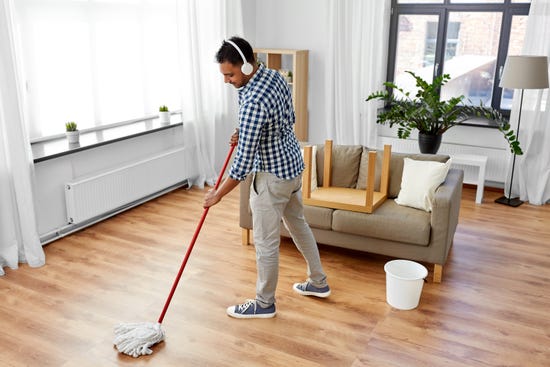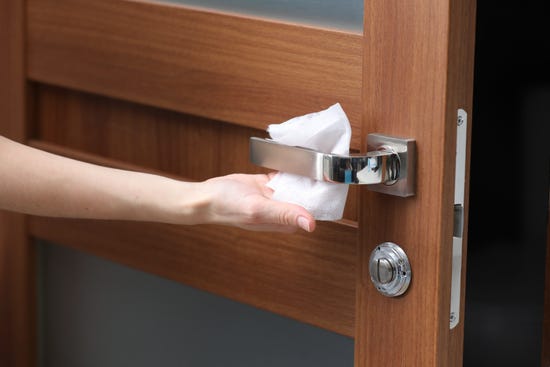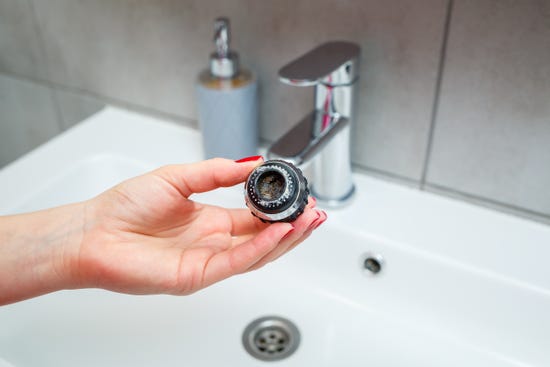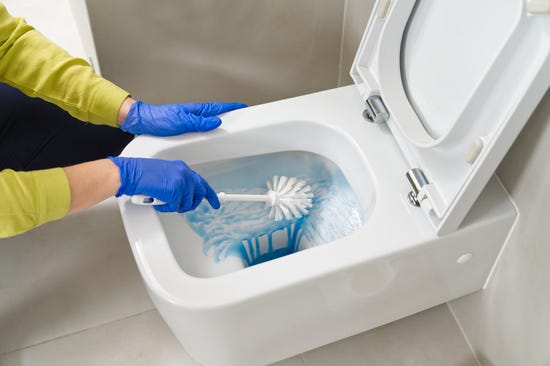
Expert Tips on How to Clean Soap Scum Effectively
Expert Tips on How to Clean Soap Scum Effectively
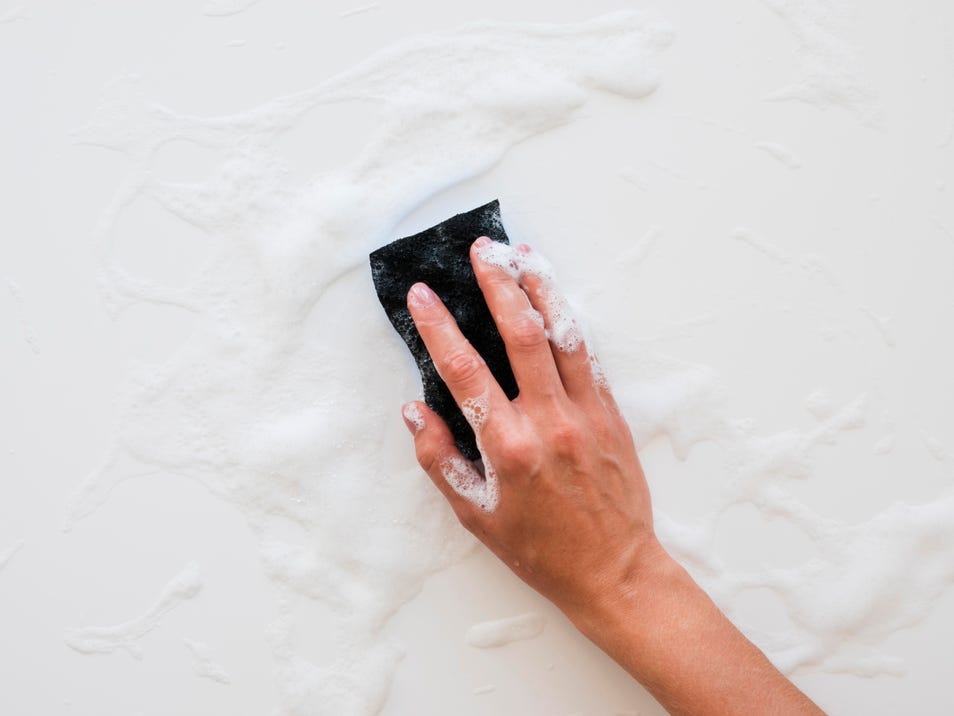
Soap scum is a stubborn white, chalky layer of residue formed from soap, minerals in the water, and body oils—it quickly turns sparkling bathroom surfaces into dull, grimy eyesores.
Bathtubs, tiles, and showers are prime targets for soap scum buildup, which not only looks unappealing but can also trap germs and bacteria, causing damage over time.
Removing soap scum effectively requires using the right cleaning techniques and reliable products such as Lysol® Bathroom Cleaners.
Read this article to discover the best way to get rid of soap scum off bathtubs, showers, and tiles, ensuring your space remains fresh, hygienic, germ-free, and easy to maintain.
What is soap scum?
Soap scum, or lime soap, is a white chalky residue that is a combination of the fatty acids in the soap and minerals present in the water (primarily calcium stearate and magnesium stearate).
These minerals typically bind with soap to form a stubborn layer of scum that adheres to bathtubs, shower surfaces, and tiles.
Importance of removing soap scum regularly
Before we dive in, here are a few essential reasons for you to regularly get rid of soap scum from bathroom surfaces.
- Preventing damage: Consistent soap scum buildup can cause surfaces to stain, discolor, and in some cases, even erode— leading to costly repairs.
- Improves hygiene: Soap scum builds up over time, attracting moisture, which is an ideal breeding ground for germs, bacteria, mold, and mildew.
- Enhances appearance: Removing soap scum keeps bathrooms looking fresh, inviting, rather than neglected, dirty, dull, and grimy.
Removing soap scum from bathtub, shower, & tiles
With no shortage of cleaning supplies that can easily get rid of soap scum, getting stuck between selecting two different products is quite common.
Keep the following cleaning tools with you before you begin the cleaning process.
- Lysol® Bathroom Foam Cleaner - Summer Fresh
- Lysol® Multi-Purpose Cleaner - Sun-Kissed Linen
- Rubber gloves
- Non-abrasive scrub brush
- Microfiber cloth or towels
Bathtub
- Open the faucet or showerhead and wet the bathtub surface (preferably with warm water)
- Generously spray Lysol® Bathroom Foam Cleaner - Summer Fresh on the entire bathtub surface, paying extra attention to areas with high concentrations of soap scum.
- Let the solution sit for at least 10 to 15 minutes.
- Thoroughly scrub the bathtub’s surface with a little bit of elbow grease to loosen the soap scum, limescale, stains, and mineral deposits.
- Do not forget to scrub the tub’s crevices and shelves, along with the faucets and fixtures.
- Continue scrubbing until the soap scums are removed, and leave the cleaning mixture in the bathtub again for at least 10 more minutes.
- Rinse the bathtub repeatedly with clean, fresh, and running water to wash out the cleaning solution and soap scum residue.
- Wipe down the bathtub surfaces with a microfiber cloth or paper towel to dry them, or open the bathroom windows or exhaust fan to allow them to air dry.
Shower door
- Generously apply Lysol® Multi-Purpose Cleaner - Sun-Kissed Linen on the shower door, covering the entire surface.
- Allow the cleaning solution to sit on the surface for at least 10 to 15 minutes, giving it ample time to break down the soap scum buildup.
- Use a non-abrasive sponge, squeegee, or microfiber cloth to gently wipe the door surface in either a side-to-side or top-to-bottom motion, avoiding streaks.
- Rinse the doors with warm water to remove any remaining cleaner and soap scum.
- Wipe down with a fresh, clean, and dry microfiber cloth to prevent water spots and streaks.
Tiles
- Spray the bathroom tiles and grout with Lysol® Bathroom Foam Cleaner - Summer Fresh—a cleaner consisting of a powerful foaming action formula that cuts through soap scum and limescale and eliminates 99.99% of viruses and bacteria.
- Allow the bathroom cleaner to sit on the tile for a couple of minutes. Ideally, it takes 3 to 5 minutes, allowing enough time for the solution to cut through the soap scum, making it easy to remove.
- Wet a non-abrasive sponge or microfiber cloth, and wipe down the tiles and grout using gentle circular motions to apply even pressure.
- After wiping away all of the soap scum and cleaner residue, thoroughly rinse the tile with water (preferably warm).
- Dry the tile thoroughly using a fresh, clean, and dry microfiber cloth to remove any excess moisture.
FAQs
Is soap scum harmful?
While soap scum alone isn’t harmful, when combined with bacteria, mold, and mildew, it can contribute to respiratory problems, skin irritations, and allergic reactions, particularly in individuals with asthma or weakened immune systems.
Can soap scum buildup contribute to germs in the bathroom?
Yes, soap scum can trap bacteria, mold, and mildew, creating an environment where germs thrive. Regular cleaning with Lysol® disinfecting products, which kill 99.99% of viruses and bacteria when used as directed, helps keep your bathroom surfaces hygienic and germ-free.
How often should I clean the bathroom to prevent soap scum?
Generally, you should clean your bathroom thoroughly at least once a week to maintain the required minimum level of cleanliness.
Does hard water make soap scum worse?
Yes, the minerals in hard water are the primary culprit for creating and accelerating soap scum.
What cleaning products can help remove soap scum and leave a fresh scent?
Lysol® offers a range of bathroom cleaner sprays that helps remove soap scum and pleasant fragrance. Try Lysol® Bathroom Foam Cleaner - Summer Fresh or Lysol® Bathroom Cleaner - Hydrogen Peroxide Action™ - Cool Spring Breeze for a fresh and clean bathroom experience.



